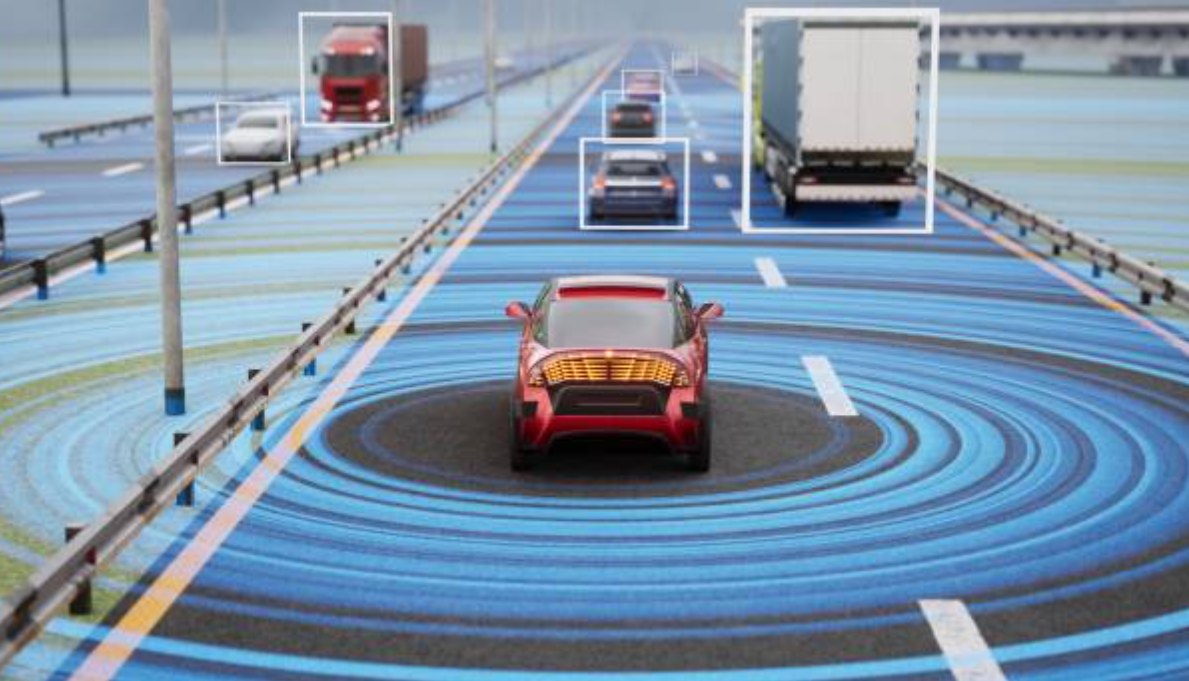
Thanks to the commercialization of robotaxis, the driverless revolution is almost here.
Modern autonomy is understood as a range of capabilities laid out on a scale—level 0 through 5. On the lower end (levels 1 and 2), autonomous simply means that one or more driving behaviors, such as steering or braking, are capable of being performed automatically under strictly defined conditions—and only while the driver remains attentive, hands on the wheel, ready to override control. At level 3, we see the first instance of true hands-off driving, as the vehicle becomes capable of performing all maneuvers within the boundaries of geofenced metropolitan areas in limited scenarios, with a driver ready to assume command at the vehicle’s request. At level 4, the geofencing requirement remains, but there is no longer any expectation of human intervention, while at level 5 (the highest level of autonomy), all boundaries and restrictions disappear. Not only is a driver unnecessary, but the vehicle is no longer confined to carefully managed environments; rather, it becomes truly independent: aware, informed, and perceiving.

The implementation of autonomy at levels 4 and 5—making the dream of driverless mobility possible—is a tremendous undertaking. It starts with extensive testing on closed courses and public roadways in hundreds of challenging and unpredictable scenarios involving other vehicles, pedestrians, cyclists, intersections, roundabouts, varying weather conditions, difficult lighting, and more. But the challenge doesn’t end there. Even if these obstacles can be met from a technological perspective, even if every test can be passed on paper, the next question becomes: does the driverless technology have a clear path to market? Is it deployable at scale?
Implementing driverless mobility using experimental prototypes is only the beginning. Because these vehicles are typically inefficient and impractical by design, outfitted with expensive sensor suites characterized by high computational resource requirements, the road to commercialization isn’t always straightforward. It requires a number of very challenging prerequisites: (1.) maintaining strong AI processing performance, (2.) lowering cost for volume production, (3.) satisfying the power consumption demands of real-world use, and (4.) achieving functional safety certification, a rigorous process designed to ensure that automotive technologies are ready for the road.
Our colleagues at VisLab (acquired by Ambarella in 2015) understood these realities as early as the 1990s. Globally recognized as pioneers in vehicular autonomy, VisLab spent decades developing a series of groundbreaking self-driving prototypes that helped shape the evolution of the industry. And as they achieved these level 4 and level 5 milestones, they accomplished something else as well—they pushed autonomy toward practicality. Performance was their first priority, but it never came at the expense of usability and scalability. They always envisioned their creations freed from the lab, deployed in the real world, and they implemented their solutions with this overarching vision in mind.
The robotaxi revolution
As autonomous research progressed, robotaxis became one of the prime catalysts for the commercialization of driverless technologies. These vehicles offer a perfect application for level 4 autonomy: taxis operate within a defined geographic area, and the lower cost per mile of autonomous vehicles is especially attractive for the ridesharing industry. As a result, manufacturers have developed several scalable platforms for deploying fully autonomous vehicles in volumes high enough to fill commercial taxi fleets worldwide.
Let’s look at Motional, for instance. Motional is a joint venture between Hyundai Motor Group, one of the world’s largest vehicle manufacturers offering smart mobility solutions, and Aptiv, one of the industry’s most innovative technology providers. Motional is a driverless technology pioneer, responsible for many industry firsts, including being one of the first companies in the world to operate driverless vehicles on public roads. In addition, the company launched the world’s first robotaxi pilot, and currently operates the longest-standing commercial robotaxi service. Motional has provided more than 100,000 rides to the public, with zero at-fault incidents to date. And in December 2020, the company announced a landmark agreement with Lyft for fully driverless deployments in multiple cities across the Lyft network.

We at Ambarella are proud that our CVflow SoCs were selected to be part of the central processing module in each of Motional’s driverless vehicles, providing image and computer vision processing for cameras in the sensing suite, including the front-facing cameras. Our CVflow AI engine will enable Motional AI algorithms to perform complex computer vision tasks, such as object detection, classification, and image segmentation, with industry-leading power efficiency. In addition, our advanced image processing will allow the vehicles to operate in challenging lighting conditions, including low-light and high-contrast scenarios, while our chips’ H.264 encoding capabilities will enable the efficient logging of video data from all cameras in the vehicle.
For more information on our level 4 and 5 autonomous demonstrations, please contact us.
